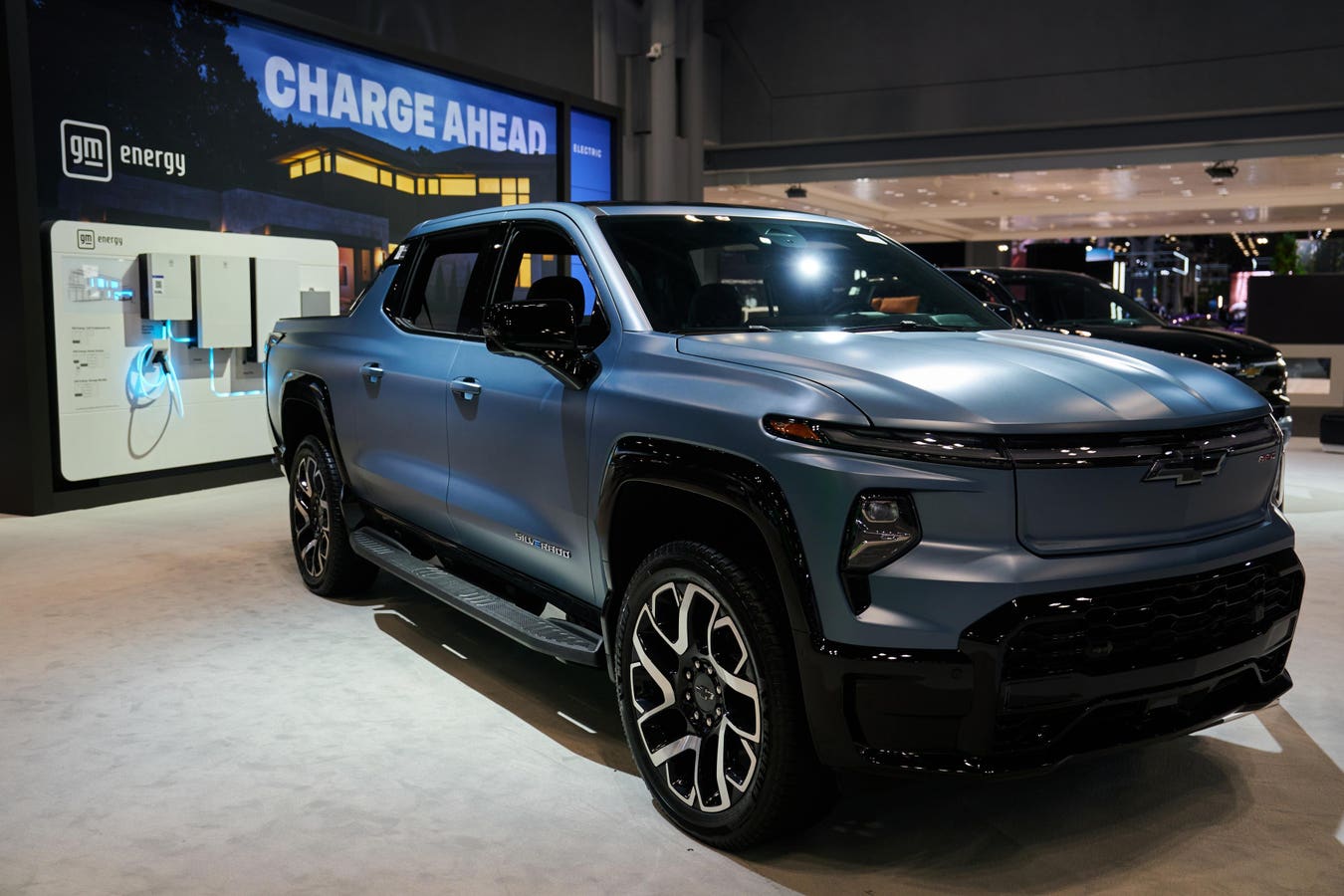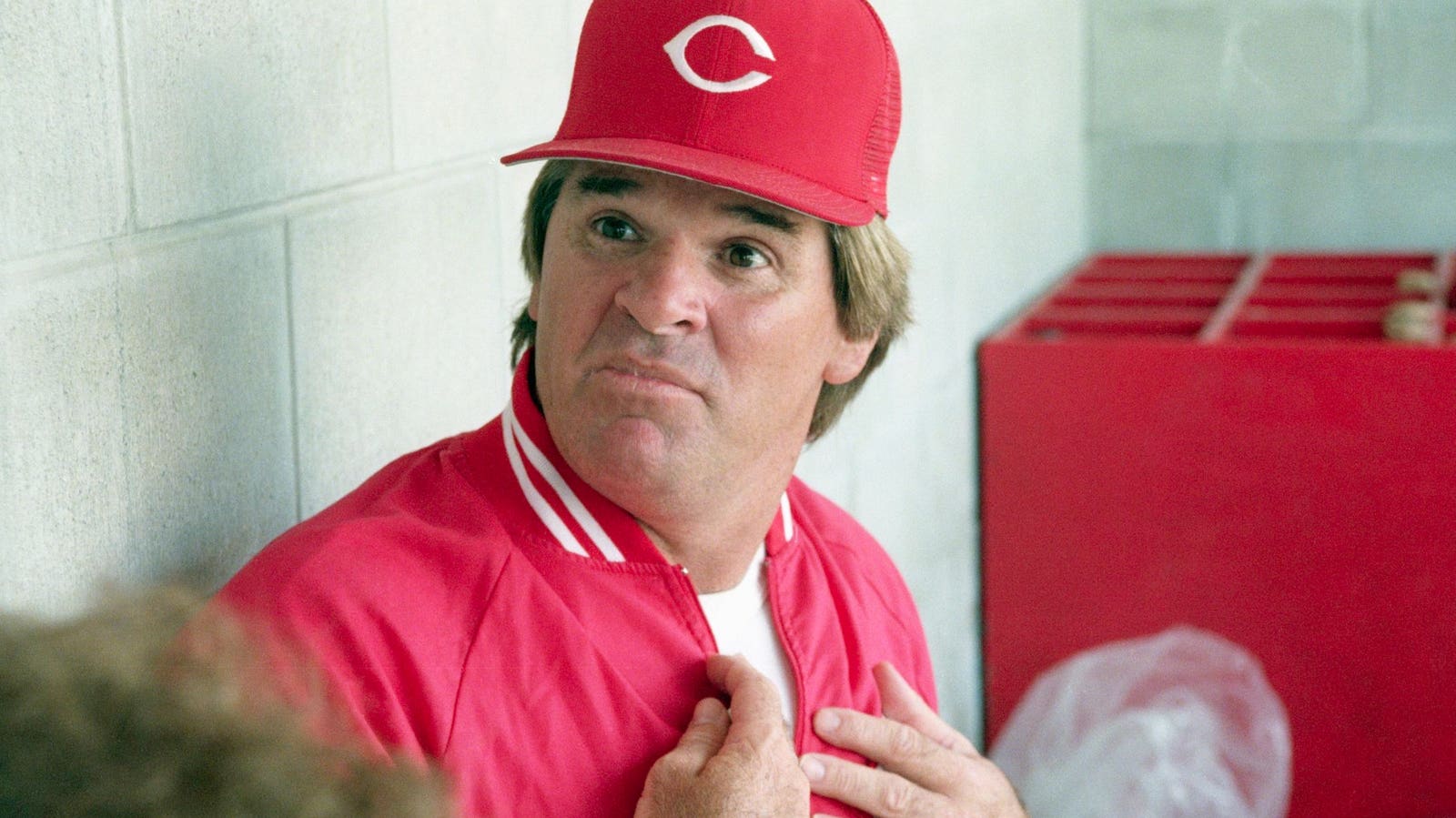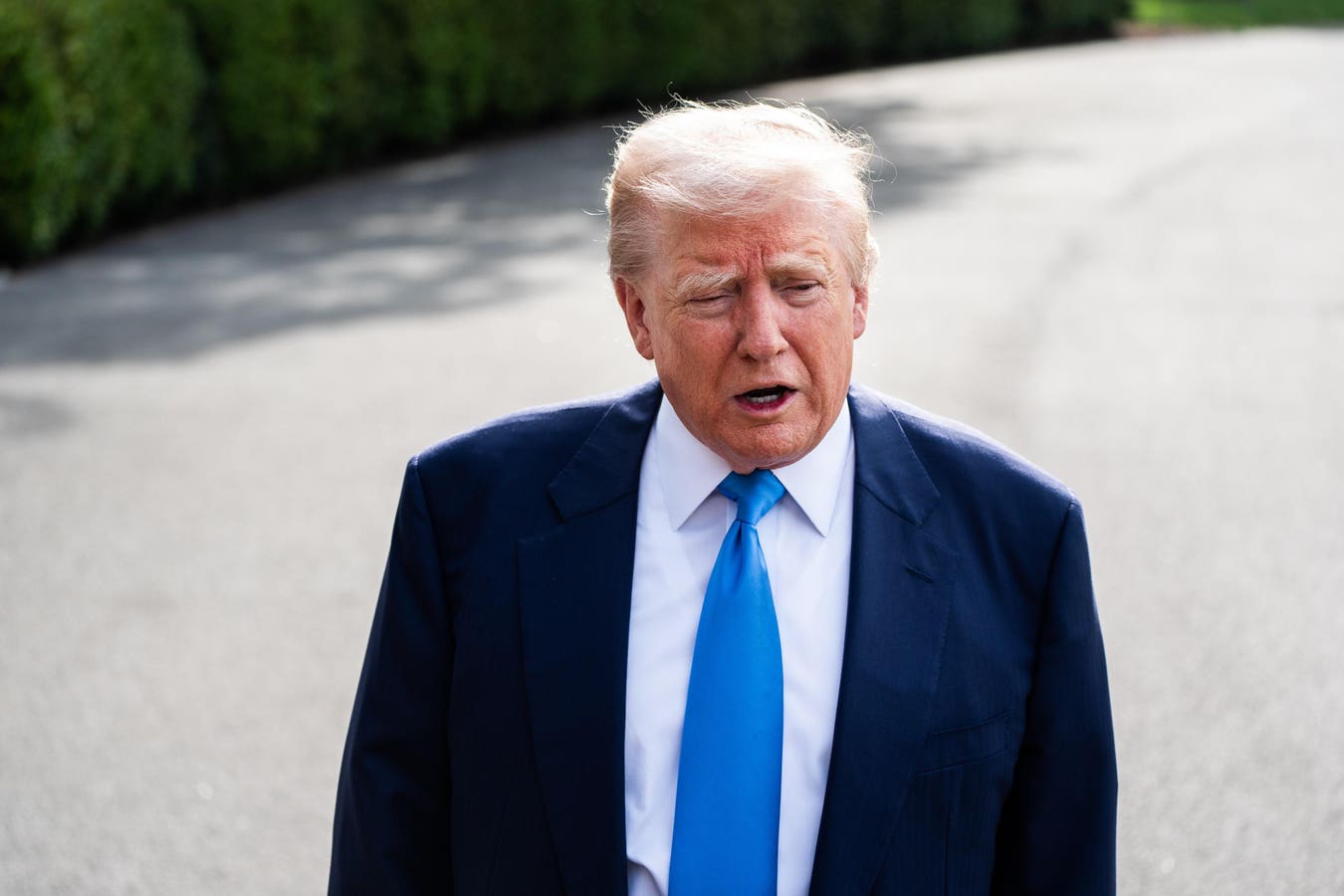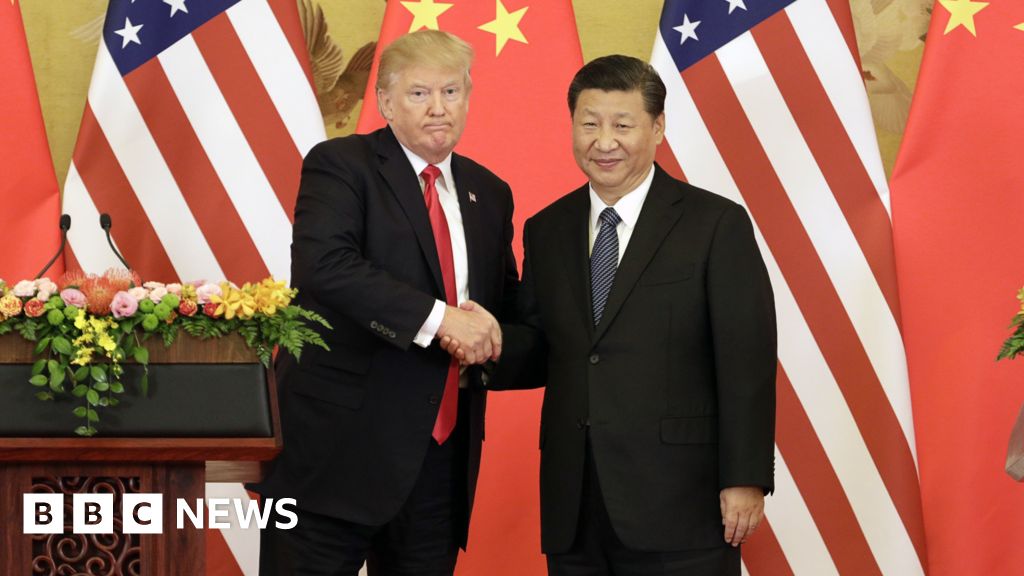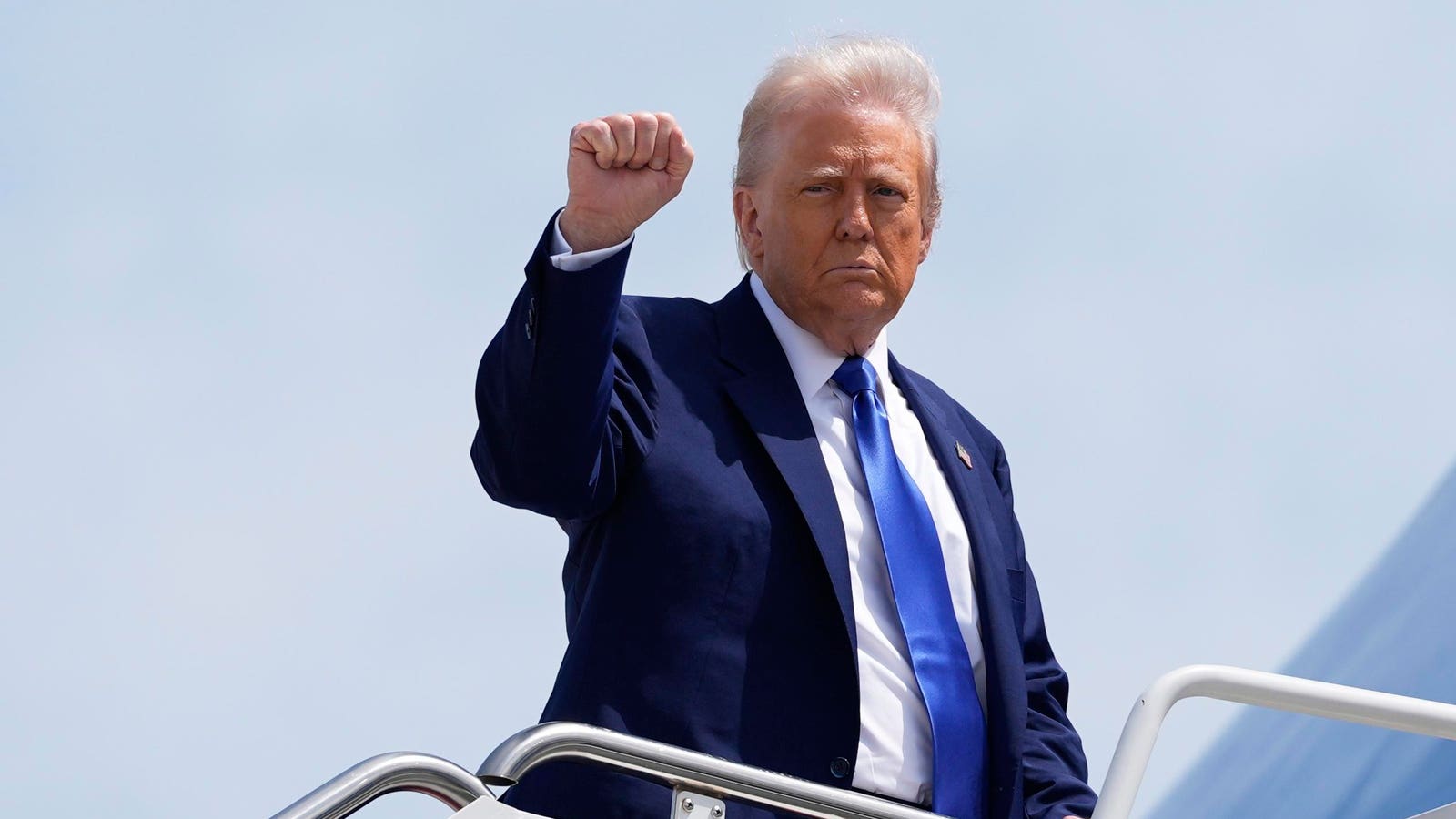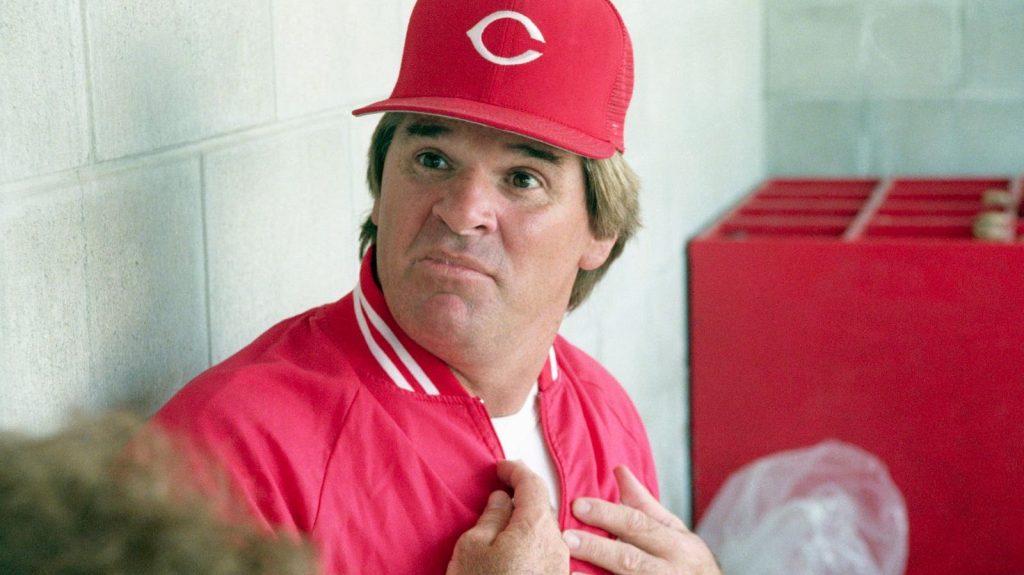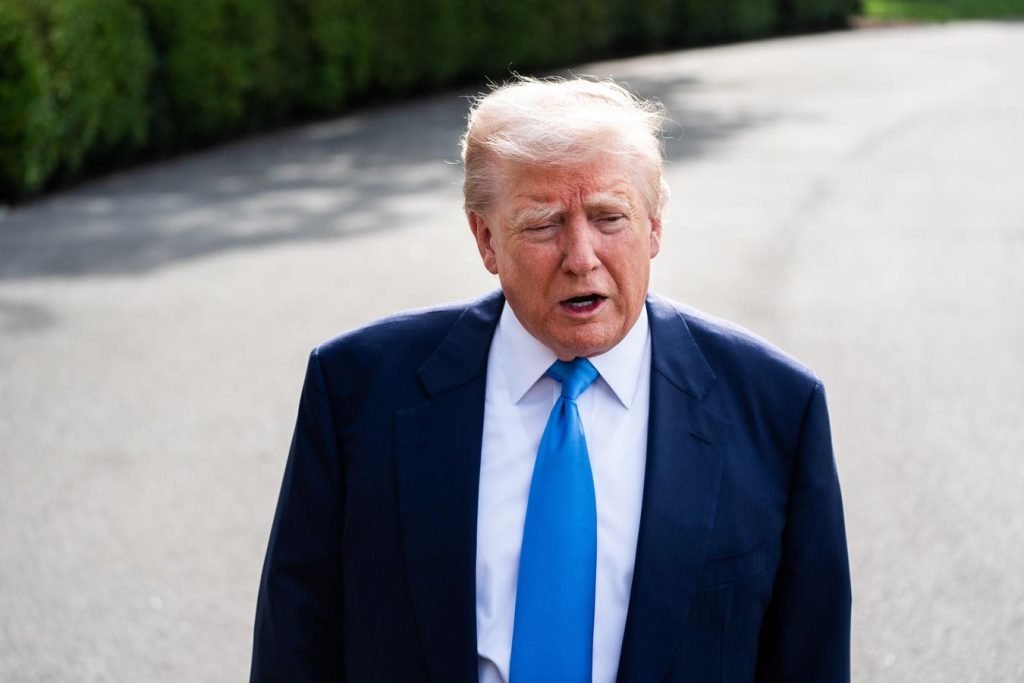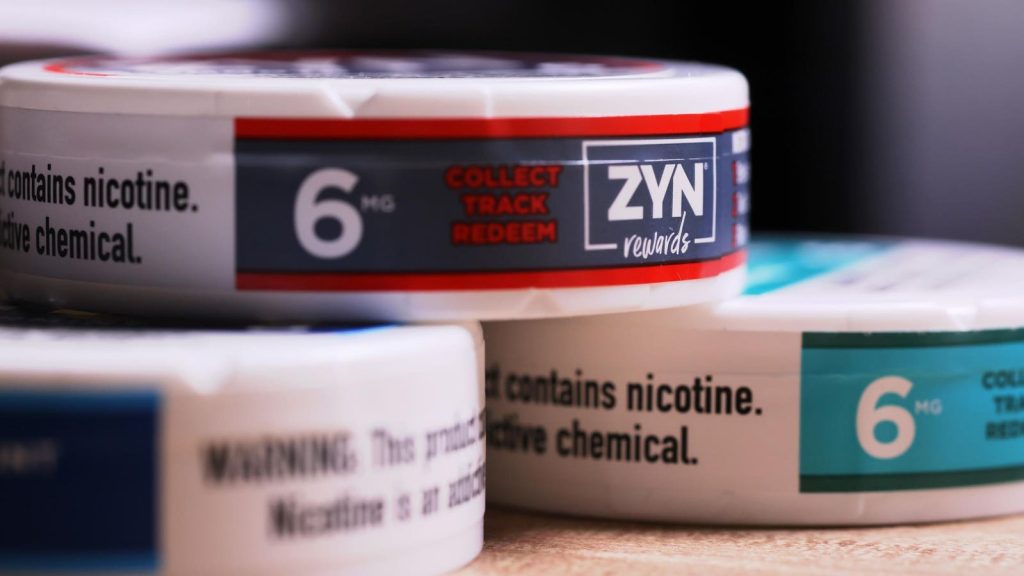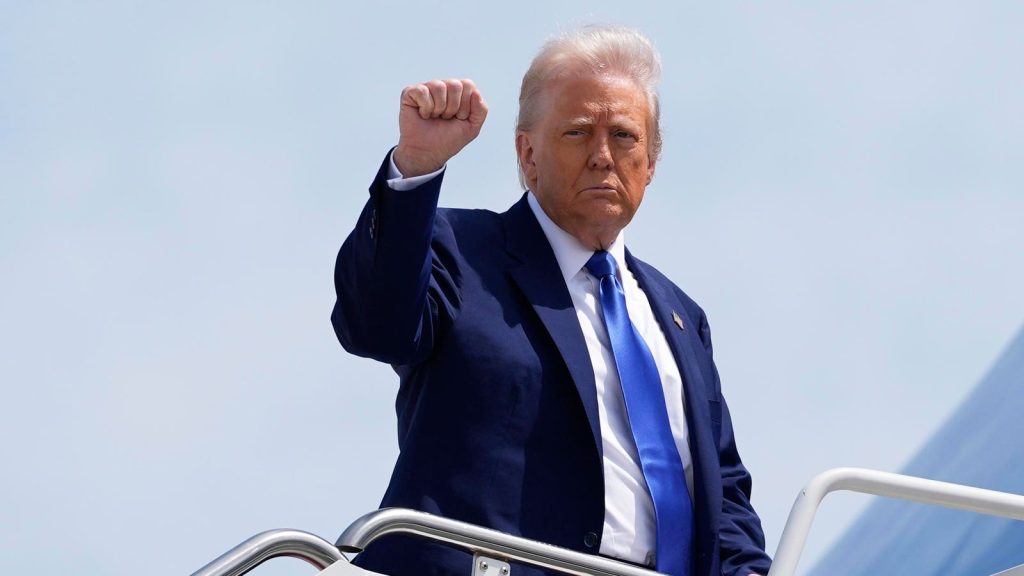A Chevrolet Silverado EV RST electric pickup at the 2025 New York International Auto Show.
© 2025 Bloomberg Finance LP
General Motors, which sells the biggest lineup of electric vehicles in the U.S., plans to slash the cost of its rechargeable pickups and large SUVs by thousands of dollars thanks to a new type of battery that uses more of the cheap material manganese and much less of expensive metals cobalt and nickel while still offering a long driving range.
The lithium-manganese-rich (LMR) cathode, which has been in development by GM and battery partner LG Energy for a decade, will cut the cost of battery packs in electric vehicles like the Chevrolet Silverado EV, GMC Hummer and Cadillac Escalade by more than $6,000, GM’s vice president of battery propulsion Kurt Kelty told Forbes. It has nearly the same driving range as “high nickel” lithium-ion cells now used in most EVs while competing on price with cheaper lithium-iron-phosphate (LFP) cells from Chinese battery makers that are heavier and offer less range, he said. The new batteries are also durable enough to be recharged frequently for at least eight years.
Kurt Kelty
General Motors
“We look at this as a game-changing battery for EV trucks, and that’s really going to set the new bar for performance in this particular segment,” said Kelty, who built up Tesla’s battery operations for over a decade and previously worked for battery maker Panasonic. “With LMR we can actually deliver over 400 miles of range while reducing our costs.”
The LMR packs will be made by Ultium Cells, the GM-LG Energy battery joint venture, in Michigan and Ohio, with a goal of getting most of the lithium, manganese and other raw materials from non-Chinese suppliers. GM also plans to cut battery costs by shifting to a flat “prismatic” cell instead of the traditional cylindrical form. “That alone is going to reduce the number of parts in our battery packs by over 50% and that makes a huge difference,” Kelty said.
GM significantly trails Tesla as the largest seller of EVs in the U.S., but that could change in the next few years as it continues to build out its lineup and finds ways to make them more affordable. It can also take advantage of its rival’s sagging sales thanks to many of its core buyers being increasingly turned off by CEO Elon Musk. Though Tesla currently tops U.S. electric sales–delivering 128,100 in the first quarter versus GM’s 31,887–GM estimates it now makes more battery cells than any other automaker in the U.S., including Tesla. It also supplies batteries for Honda and Acura brand EVs, in addition to a dozen Chevrolet, Cadillac and GMC models. (Tesla makes more battery packs overall, mainly using high nickel lithium-ion cells supplied by Panasonic.)
Using less cobalt and nickel, which can respectively cost more than $30,000 and $16,000 a ton, and more manganese–which is less than $1,000 a ton–could be a major boost for EV sales. That’s because reducing costs, while simultaneously improving performance is critical to getting more American drivers to shift to EVs from gasoline-powered cars and trucks, especially as the Trump Administration works to eliminate federal incentives to buy them.
A prototype lithium-manganese battery cell.
General Motors
Since he arrived at GM in 2023, Kelty has focused on helping the company build up both its battery production operations as well as finding new domestic sources of key components such as lithium, rare earth metals and other critical minerals needed for the market that China now dominates.
Lithium-ion Alternatives
Over the past two decades, EV makers have dramatically improved the energy density and reduced the cost of lithium-ion batteries, but the range of those gains is becoming more incremental, said Kelty, who’s worked in the industry for more than 30 years. While GM is the first automaker to announce plans for LMR, other alternatives include lithium-sulfur cells, which Stellantis is experimenting with; sodium-ion batteries that China’s CATL and BYD are developing; solid-state cells that Toyota and Volkswagen want to commercialize; and lithium-metal batteries, a chemistry GM, Ford, Mercedes-Benz and other companies see as a longer-term low-cost, high-powered option.
The LMR cells are going to heavy, large EVs first as that will likely be the biggest opportunity for big cost savings, Kelty said. New electric models like the Chevrolet Equinox, Blazer and revamped Bolt hatchback, due later this year, won’t initially get the new chemistry as those models are already designed to be price-competitive with LMC packs, Kelty said. Over the next two years, before the LMR packs go into production, GM and LG Chem will continue to refine their chemistry.
“One reason we’re not going to market next year is because there’s a few more little tweaks we can do,” Kelty said. “We know we can get that last little bit out of it. And in 2029 and 2030 you’re going to see even further improvements.”
GM shares rose 4.4% on Monday to $49.61. They’re down about 7% this year.
More From Forbes
ForbesThe Only U.S. Rare Earth Mine May Win Big From Trump’s China TariffsBy Alan OhnsmanForbesHow GM Topped Tesla To Become One Of The Fastest-Growing U.S. EV MakersBy Alan OhnsmanForbesBiden’s EV Battery Boom Is Coming — Whether Trump Wants It Or NotBy Alan Ohnsman

